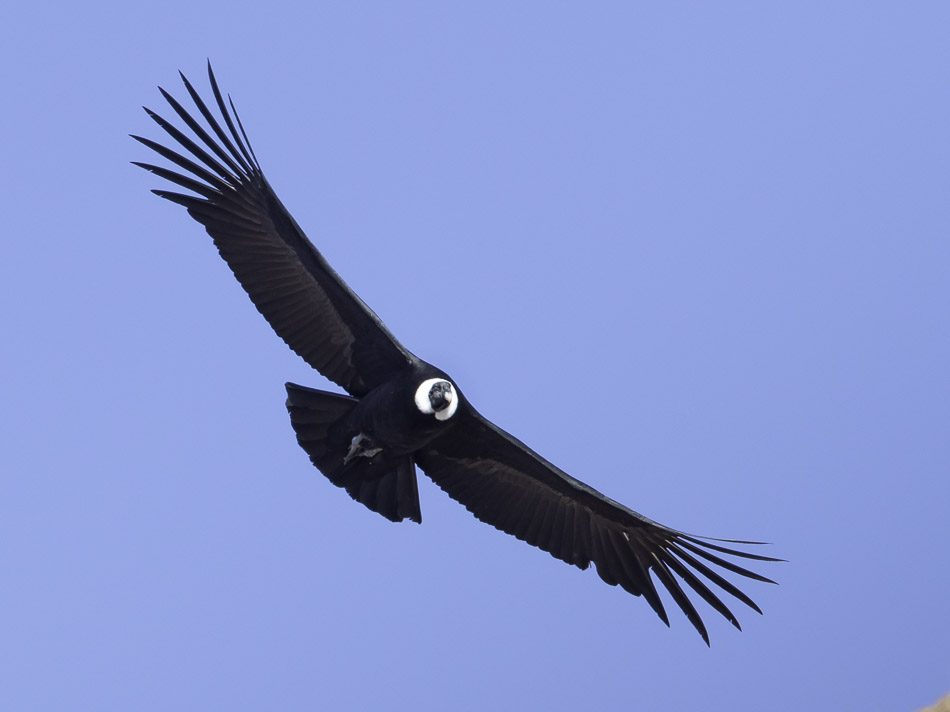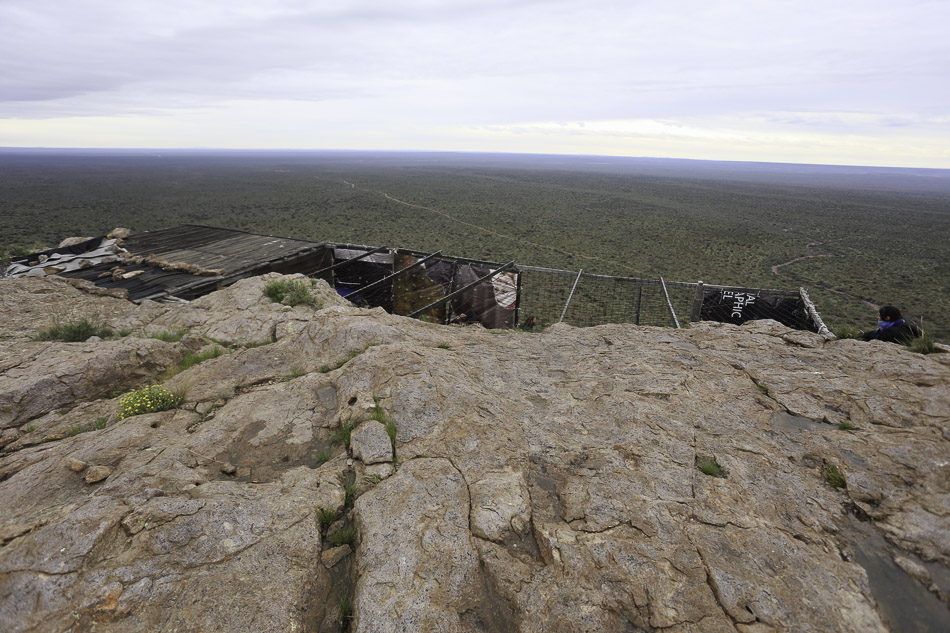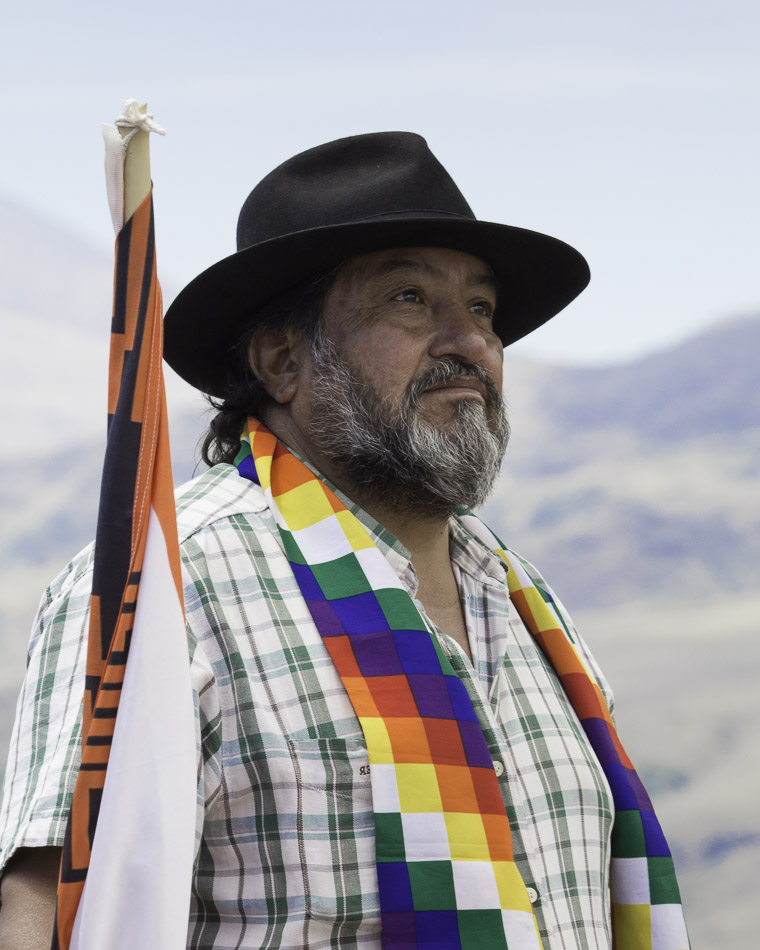When the Condor returns to an area from which it has long been absent it is good for the biodiversity of that area. It is also good for the people who live there because, for some, the Condor is sacred.
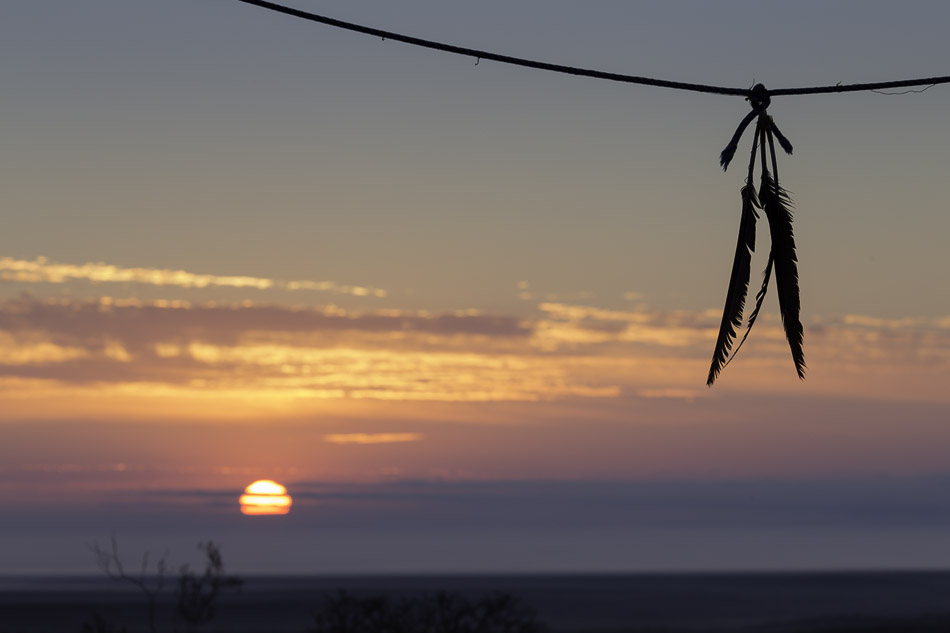 l
l
Ancient peoples and especially the Incas, believed that the Condor was the spirit messenger of the sun. It was this huge bird which took the souls of their dead to heaven.
Only a bird as large and powerful as the Condor could master the awe inspiring landscapes of South America with the towering peaks of the Andes, endless deserts and luxurious forests. To the indigenous peoples this bird was regal and needed to be treated as such.
More recent times have seen these traditions and sympathies long disappear. With the introduction of goats and sheep, extensive livestock rearing became the mainstay for making a livelihood on the windswept hills. Now the Condor was seen as a threat and was hunted mercilessly, poisoned and shot.
Over much of its historic range the Condor followed the same fate as the indigenous tribes, one of almost extinction.
The twentieth century conservation movement was a last ditch turning point for the Condor and a breeding and release programme, PCCA, was started at Buenos Aires Zoo. The principal characteristic of this programme was simple, it was to have two elements, two wings like the bird. One wing was to be scientific, a breeding programme based around sound biology. The other wing was to be cultural, incorporating the traditions and beliefs of the ancient peoples.
Condors reproduce very slowly. They do not breed until they are ten years old and then only one egg every two years. They mate for life and if their mate is killed, the other partner does not pair up again. Scientists located breeding pairs, located nests and as soon as an egg was laid, they removed it to Buenos Aires for artificial incubation. The Adult seeing the original egg gone, promptly lays another, and the parent birds are then left in peace. A chick takes two years before it is able to fly and during that time PCCA staff feed the Condor chicks by using a ‘Condor looking puppet’.
Paula and I on our second ‘Living Wild in South America’ expedition joined the Condor re-introduction team in Patagonia and experienced a Liberation ceremony first hand.
This is the release site for the two year old chicks, a remote and secure location deep in the middle of Patagonia, a habitat perfect for the great birds and easy flying distance to the Andes.
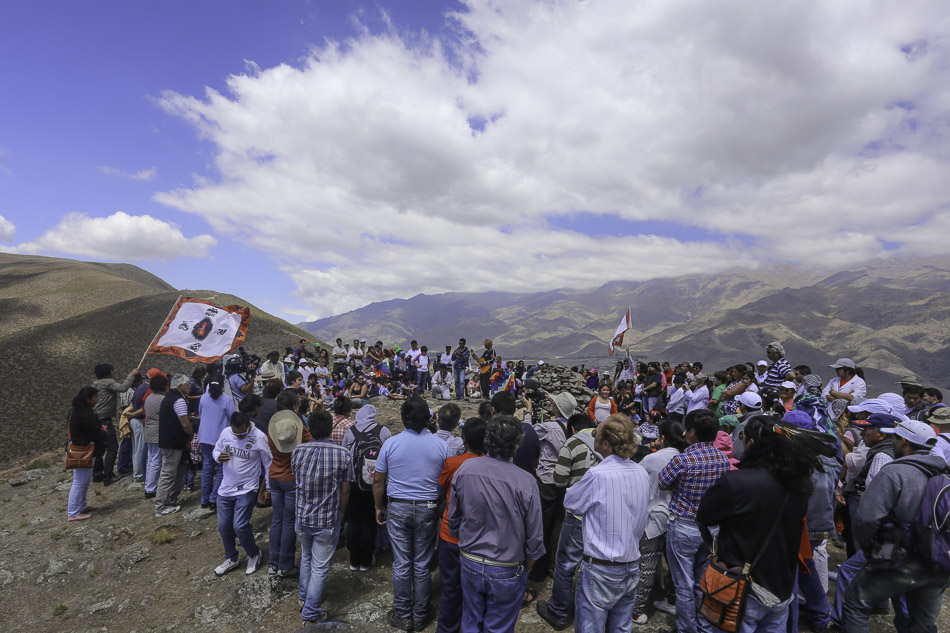
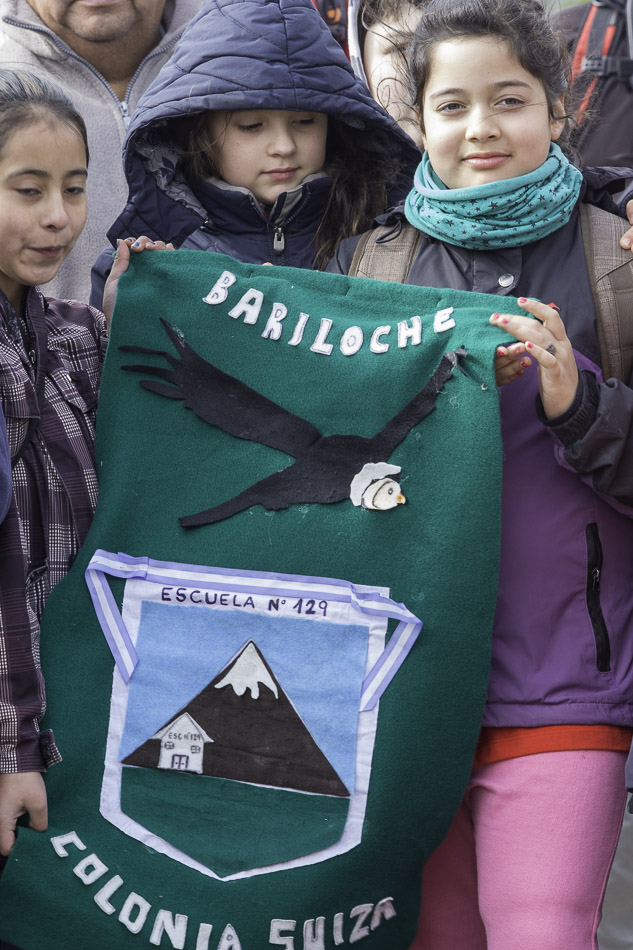
The day of the release is eagerly anticipated by the local communities. Hundreds of people are involved with schoolchildren arriving on coaches from near and far.
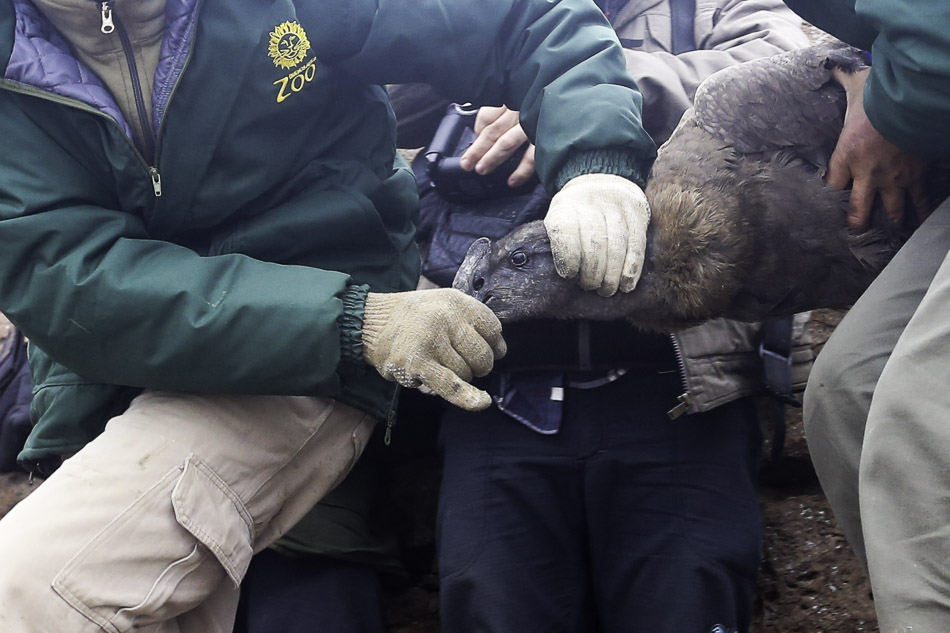
Each bird is tagged with identification markers and satellite transmitters.
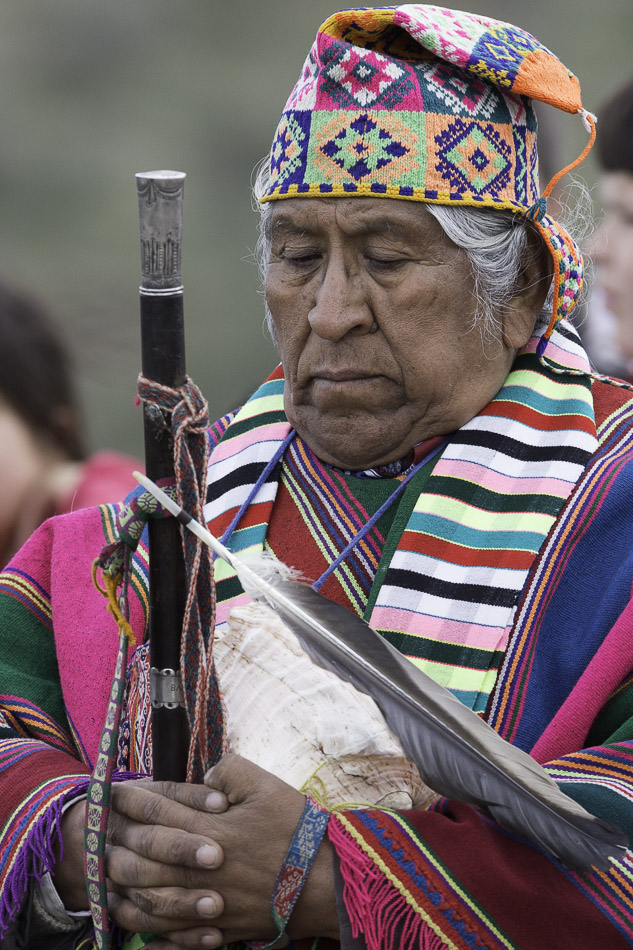
Wise men, elders of the indigenous community lead the Condor release. For them this is an important day, a sacred day, their spirit bird is about to take to the air and fly for the very first time.
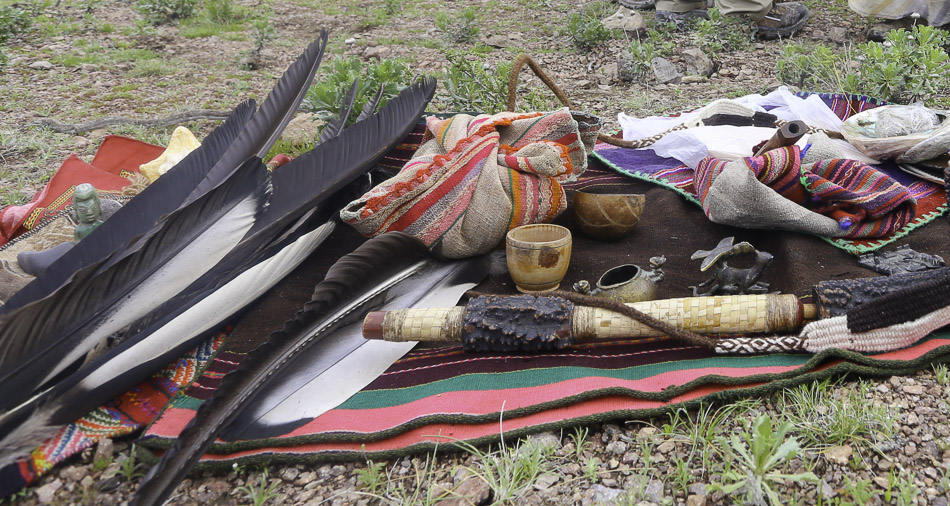
People bring forth personal items of significance, Condor feathers they have found, hand made fabrics dyed with natural colours from the bush, peace pipes, amulets and talismans.
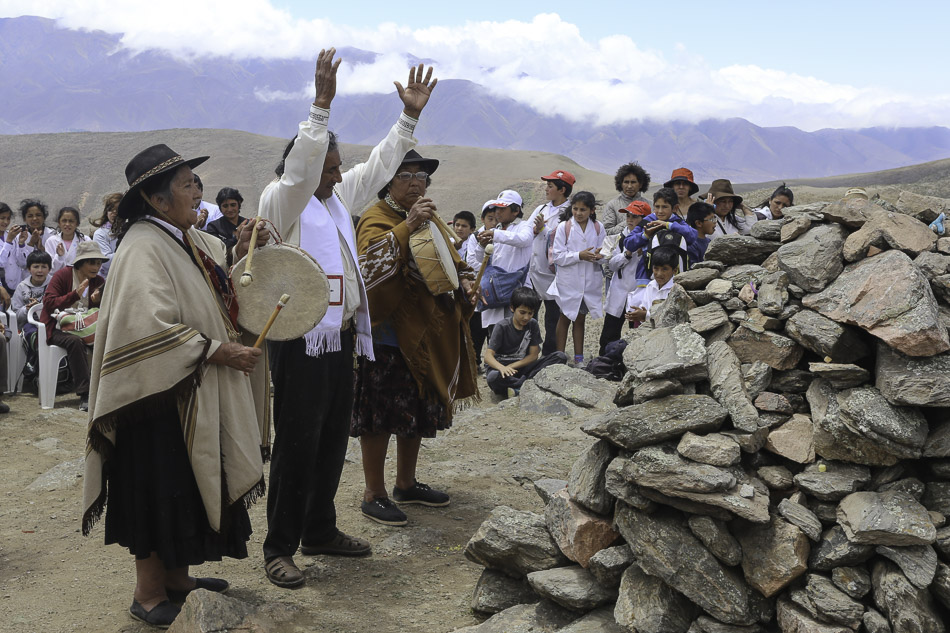
Prayers are chanted, invoking the mountain winds to to take care of the birds, for the birds to find food and for a long life to be lived.
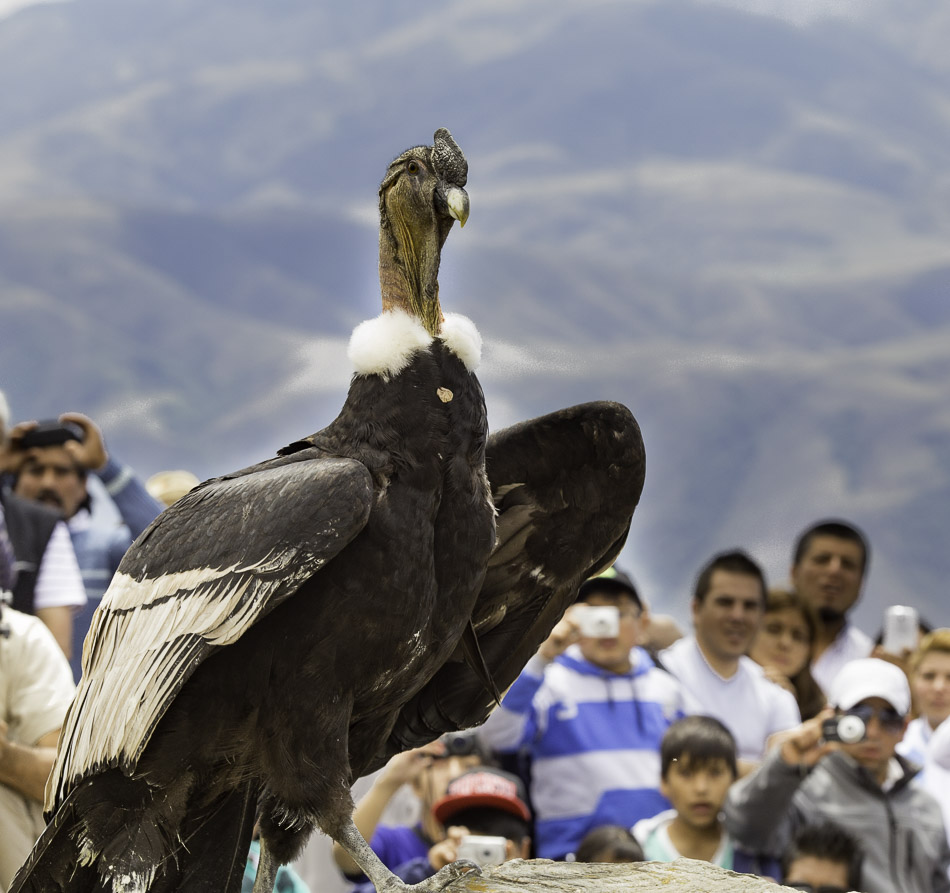
The birds are released and people are amazed as they look upon the largest flying bird. The Condor returns to their community.
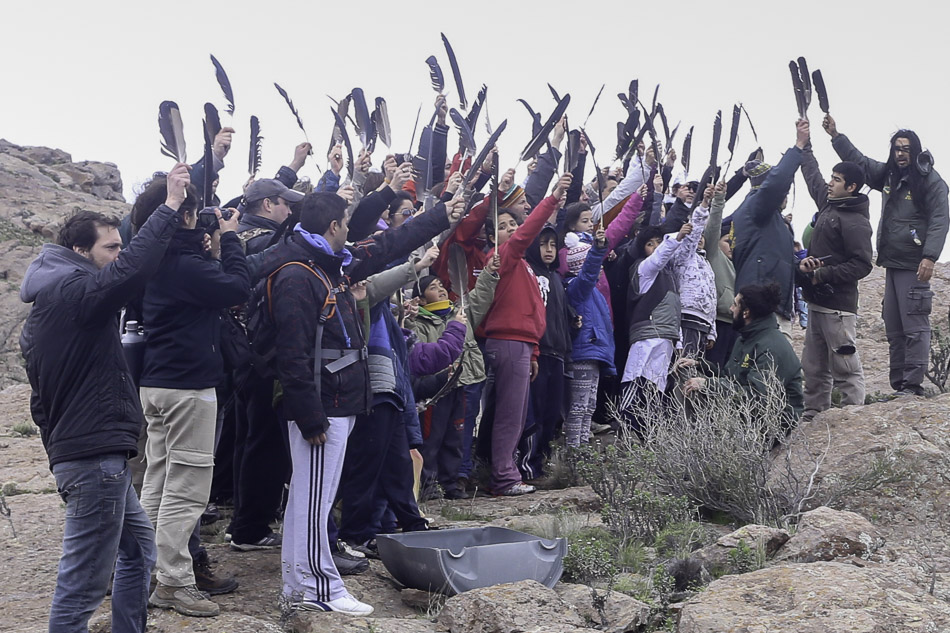
Children cheer and hold aloft their own feathers.
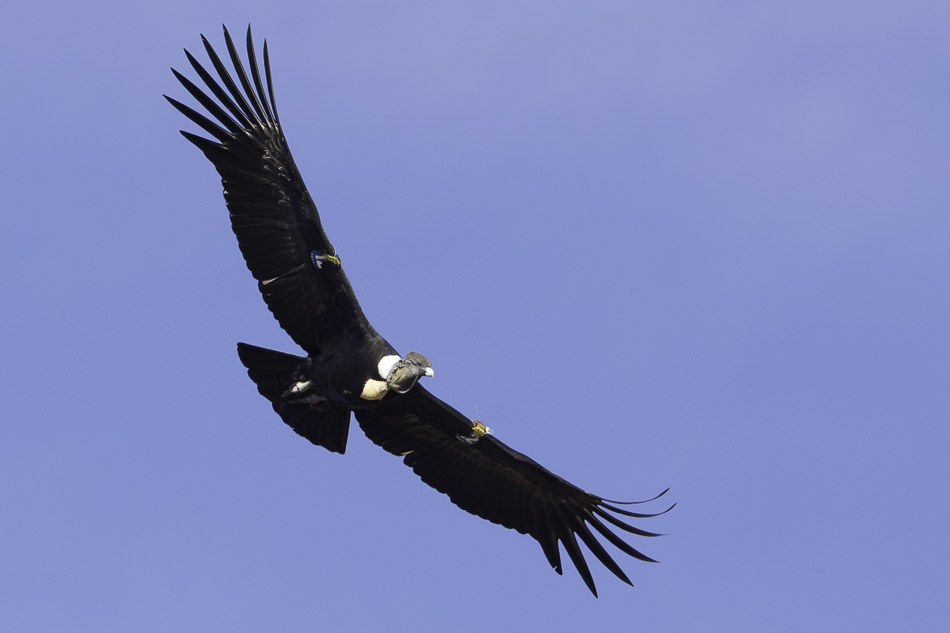
The birds rise into the air, circle above the people below and drift towards the mountains.
Leaving people with their own thoughts, about the spirit messenger of the sun.
Also perhaps, about the insignificance of mankind in such a landscape of snow capped mountains and endless Patagonian plains, a landscape where only the Condor reigns supreme.

